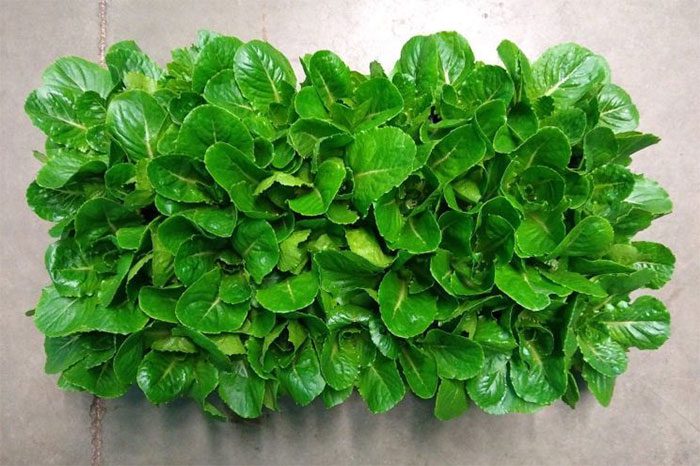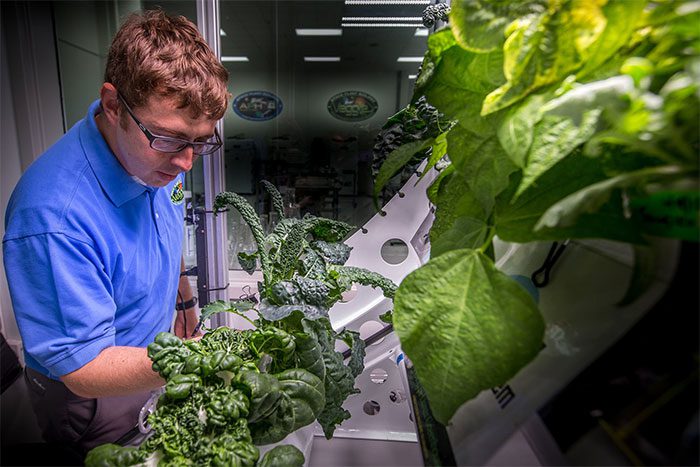Lettuce Grown on Mars Helps Protect Astronauts from Osteoporosis, Bone Density Loss, and Fractures During Long-Term Space Missions.
Becoming an astronaut is a dream for many, but working in a zero-gravity environment for extended periods poses certain health risks for astronauts.
During long-duration flights in space, the microgravity environment leads to one of the serious issues faced by astronauts: reduced bone density and osteoporosis, which weaken bones and increase the risk of fractures.
The United States National Aeronautics and Space Administration (NASA) reports that studies on astronauts who spent several months aboard the Mir space station indicated that astronauts can lose an average of 1 to 2% of their bone mass each month.
To combat this effect, astronauts on the International Space Station (ISS) follow specific exercise regimens and typically do not stay for more than six months.
However, scientists have recently discovered ways to protect astronauts and limit bone loss during long-duration space missions.
In the near future, NASA plans to send humans to Mars around the 2030s. This mission will last at least three years and will increase the risk of osteoporosis significantly.


Genetically modified lettuce that can produce astronauts’ bone-stimulating hormone.
Experts from the University of California have developed a type of genetically modified lettuce that can be grown in space, improving meals while also producing a hormone that stimulates bone growth in astronauts. This lettuce has been genetically altered to produce PTH (parathyroid hormone).
Somen Nandi, one of the authors of the study, stated: “Astronauts carry several thousand tiny genetically modified seeds in containers the size of a thumb and grow them like regular lettuce.“
It is estimated that astronauts will need about 8 cups, or 380 grams of lettuce per day to obtain sufficient hormone levels. A standard bunch of lettuce weighs about 300 grams.
Dr. Karen McDonald, the project researcher, mentioned: “One of the things we are currently doing is screening all the lines of genetically modified lettuce to find the line with the highest PTH-Fc expression. Some types we have observed show an average of 10-12 mg/kg, but we think we can find a type that increases even further.”
Currently, there has not been an official taste test for this type of lettuce due to safety restrictions, but the research team reports that it tastes very similar to regular lettuce.
The research team plans to send their genetically modified lettuce seeds to the ISS to observe how they grow in space.




















































